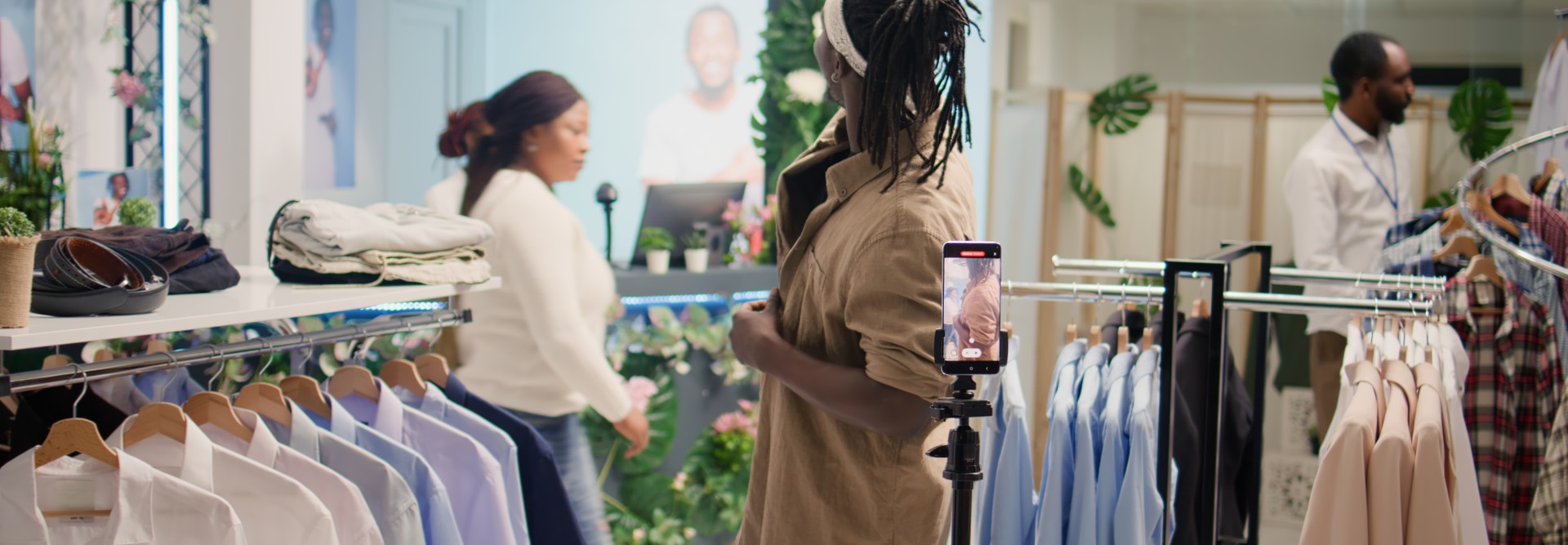But experts say retailers shouldn’t focus solely on the customer experience. According to Andy Szanger, director of strategic industries at CDW, “When we’re talking about the trends in retail, I think a big one is removing friction from not only the customer experience but also the employee experience or store associate experience. Because if your store associate is feeling friction, your customer’s going to feel friction as a result.”
Chain Store Age notes that in 2024, “The technology in physical stores will range from using AI and virtual and augmented reality (VR/AR) to offer events, classes and demonstrations, to continuing to equip employees with tablets and devices to provide more accurate assistance — i.e., on where an item is located or stock availability — and tailored recommendations based on customers’ previous purchases.”
RELATED: Read about the technology driving modernization for the retail checkout experience.
Why Edge Computing Is Reemerging Around AI Capabilities
Artificial intelligence has been at the center of tech conversations across nearly every industry segment throughout 2023, including retail. In the coming year, retailers will consider practical applications of AI. And as AI continues to gain ground in retail settings, many companies will need to find ways to access the computing power to support their AI initiatives.
“It’s all about having the data and then making something out of that data,” Szanger says. “To do that, you need to have compute, and we’re seeing more and more retailers push that to the edge. As retailers have gone to the cloud — and there’s a lot happening in the cloud — the problem is, the more data you push up to the cloud, the more your performance decreases.”
“So, retailers are finding ways to improve that performance. And one of the big trends right now is bringing it back to the edge, doing some of that compute on-prem and then pushing it up to the cloud.” Szanger says. Edge computing will also allow retail IT teams to optimize cloud costs by being more strategic about the data they send to the cloud. “Only the essential information, instead of all the raw data.”
Szanger says that CDW’s Internet of Things workshop is a logical first step for retailers seeking to leverage AI in their businesses. “Our workshops help you look at your business priorities, assess your technology landscape and prioritize a list of projects based on the potential ROI,” he says.
DISCOVER: Find out about the how to secure your Internet of Things investments.
Retailers Will Need Help with Device Lifecycle Management
Of course, greater use of IoT will likely mean a continued influx of devices — another trend that isn’t particularly new but remains a pressing issue. Much of the new technology introduced to retail in recent years has required the deployment of new devices and sensors, from data-rich video cameras to mobile point-of-sale equipment and handheld inventory and store management devices.
“Most retail organizations have a large number of stores that are dispersed throughout the country, if not the world,” Szanger says. “And they certainly don’t have IT people in all of those stores. So, retailers need the help to actually do those deployments, do those installations, make sure things are up and running.”












